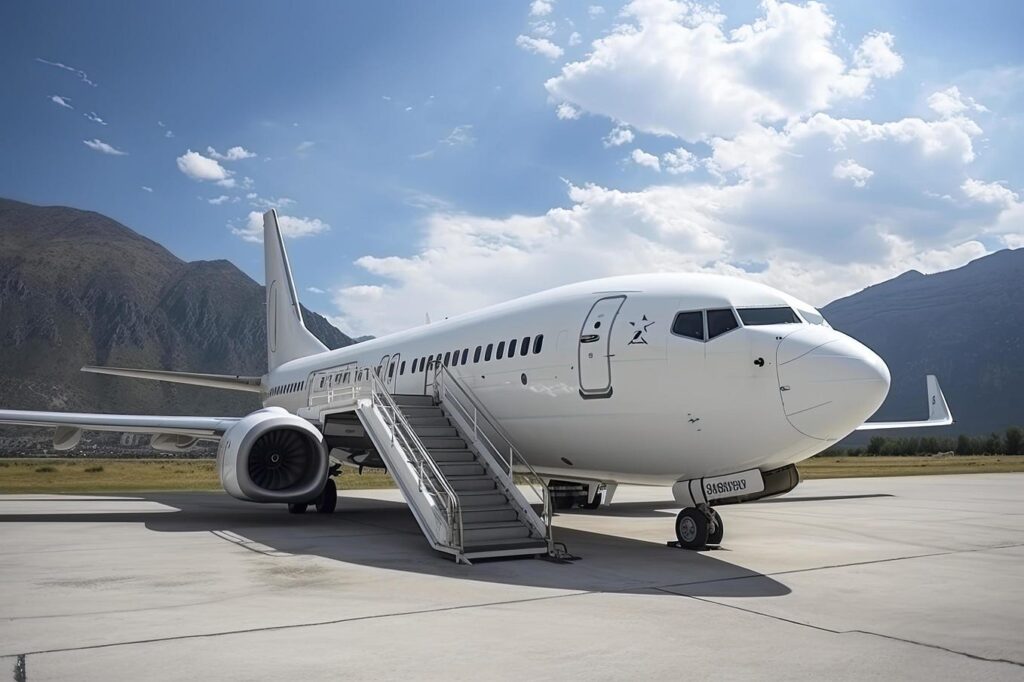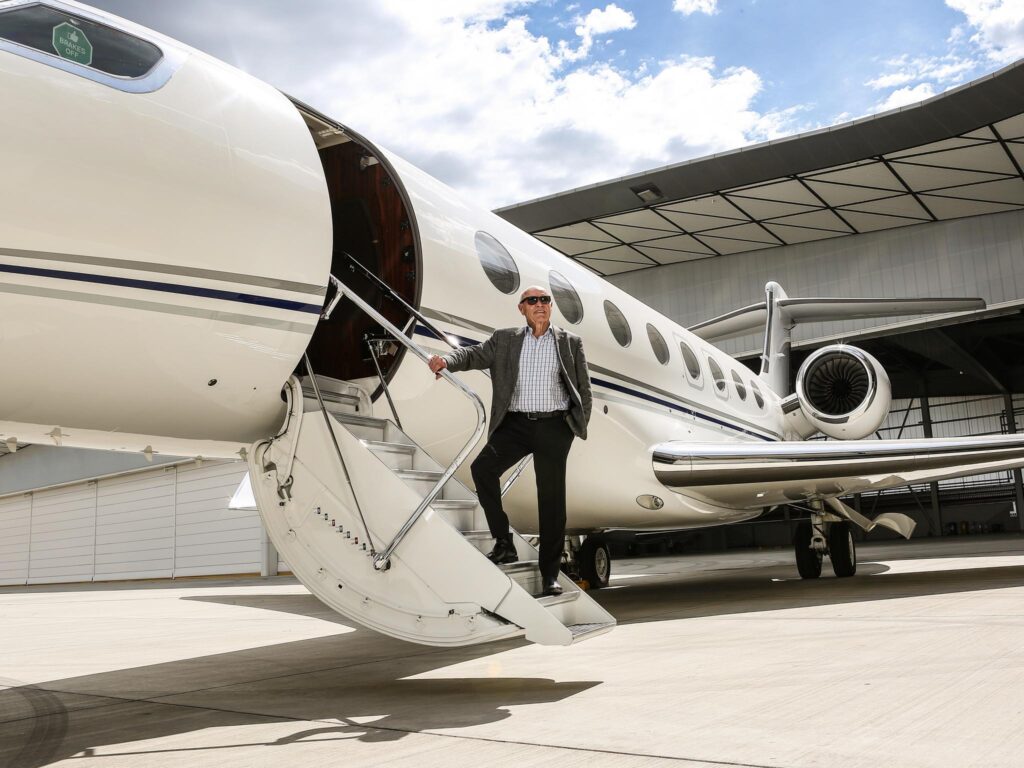Introduction
In today’s fast-paced world, the aviation industry plays a pivotal role in ensuring efficient travel. While we often focus on the airplanes themselves, we sometimes overlook the importance of the equipment and infrastructure that supports air travel. One such essential element is aeroplane stairs. In this article, we will explore the benefits of installing aeroplane stairs, shedding light on their significance in the aviation sector.

Enhancing Passenger Experience
1. Convenience for Passengers
Aeroplane stairs provide passengers with a more convenient boarding and disembarking experience. Unlike traditional methods that require passengers to climb steep ramps or use boarding bridges, stairs offer a direct and less time-consuming route to and from the aircraft.
2. Speedy Boarding
Quick and efficient boarding is crucial, especially for short-haul flights. Aeroplane stairs allow for faster passenger boarding, reducing turnaround times and ensuring that flights stay on schedule.
Cost-Effective Solution
3. Cost Efficiency
Investing in aeroplane stairs is a cost-effective alternative to constructing and maintaining boarding bridges. Stairs are not only more affordable to install but also require less maintenance over time, making them a financially prudent choice for airports.
Versatility
4. Suitable for Various Aircraft
Aeroplane stairs are versatile and can be adjusted to accommodate different aircraft types. Whether it’s a small regional plane or a large international airliner, these stairs can be tailored to fit, offering a universal solution for airlines and airports.
Improved Accessibility
5. Accessibility for All Passengers
Aeroplane stairs provide better accessibility for passengers with reduced mobility. They can be a more suitable option for those who require special assistance, such as wheelchair users, as they offer a gradual incline, making the boarding process smoother and more comfortable.
Environmental Considerations
6. Reduced Carbon Footprint
Compared to the energy-intensive boarding bridges, aeroplane stairs have a lower environmental impact. They consume significantly less energy, contributing to reduced greenhouse gas emissions and a more sustainable aviation industry.

Operational Advantages
7. Quick Turnaround
Efficiency in aviation operations is paramount. Aeroplane stairs enable airlines to achieve quicker turnaround times, allowing for more flights per day and ultimately increasing revenue potential.
8. Easy Maintenance
Stairs are easier and cheaper to maintain than complex boarding bridges. They require less technical expertise and can be quickly repaired or replaced if necessary.
Conclusion
Installing aeroplane stairs offers numerous advantages, ranging from enhanced passenger convenience and cost efficiency to improved accessibility and environmental benefits. In a world where time and efficiency are crucial, these stairs play a vital role in ensuring smooth operations at airports and a pleasant experience for travelers.
FAQs
- Are aeroplane stairs safer than boarding bridges? Aeroplane stairs are considered safe and are regularly inspected to ensure passenger safety. They are a reliable and cost-effective solution for many airports.
- Do aeroplane stairs work in all weather conditions? Yes, modern aeroplane stairs are designed to function effectively in various weather conditions, including rain and snow. They are equipped with safety features to prevent slips and falls.
- Can aeroplane stairs accommodate large aircraft? Yes, aeroplane stairs are adjustable and can be configured to match the height of the aircraft door, making them suitable for both small and large planes.
- How do aeroplane stairs benefit passengers with disabilities? Aeroplane stairs offer a more gradual incline, making it easier for passengers with reduced mobility or in wheelchairs to board and disembark the aircraft.
- What is the lifespan of aeroplane stairs? The lifespan of aeroplane stairs varies depending on factors such as usage and maintenance. However, with proper care, they can last for many years, making them a durable investment for airports and airlines.



